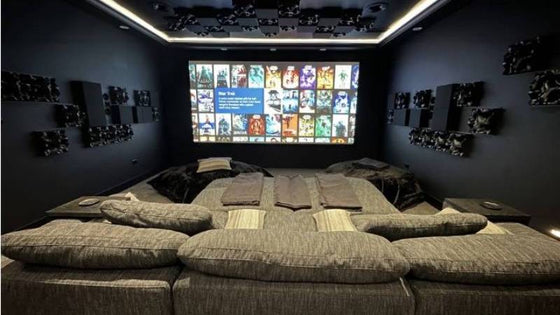Creating a system you love shouldn't be difficult. The Acoustic Frontiers blog is here to help.

UL1449 3rd Edition is the UL’s Standard for Safety for Surge Protective Devices (SPDs). All surge protectors should be UL listed for safety purposes. UL listed devices undergo a number of tests to ensure they do not create any shock or fire hazards throughout their working life. UL 1449 defines four types of SPDs. The relevant types are type 2 (whole home surge protectors) and type 3 (point of use devices).
The main performance related tests undertaken determine the voltage protection rating (VPR). This indicates the voltage “let through” from a 6000V, 3000A combination wave (IEEE 62.41 B3 – see below). This provides some indication as to performance. Each device is awarded an VPR class with the lowest (i.e. best) class being 330V. Note that some manufacturers will state the actual measured let through voltages which may be substantially less than the lowest UL VPR class. UL1449 approval also means that the product has undergone tests for short and long term overvoltage survival, ground leakage, enclosure adequacy and others.
There is also an adjunct (add on) UL test for endurance. This is optional and many manufacturers of SPDs do not undertake it. The Federal Government, however, now requires it for their orders.
IEEE 62.41 defines three different surge environments (graphics in this section are from Eaton’s Guide to Surge Suppression).
Each environment has three exposures levels:
Typical voltage, current and waveform shapes for surges in each environment and exposure level are also defined:

Many manufacturers inappropriately use 62.41 as a form of certification for their devices. It is important to realize that there is no performance test defined within IEEE 62.41.
Learn how early home theater design, layout, and acoustic treatment improve performance in new home construction.
This media room was intentionally designed to feel like part of the home—not a separate, tech-heavy space. Through careful acoustic planning, equipment integration, and final calibration, we achieved a room that is both beautiful to live in and immersive to experience.
"No other subwoofer system I’ve owned even comes close to what this room delivers. Reaching out to Acoustic Frontiers was one of the best decisions I’ve made—I highly recommend working with them if you want to get the most out of your theater."

Nyal Mellor, Founder, Acoustic Frontiers



Nyal Mellor
Author